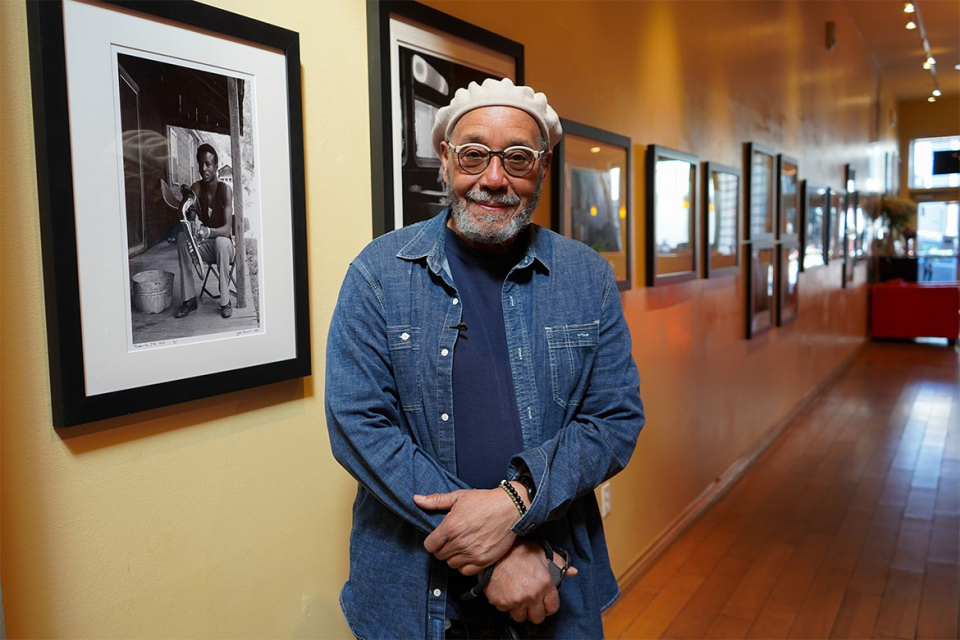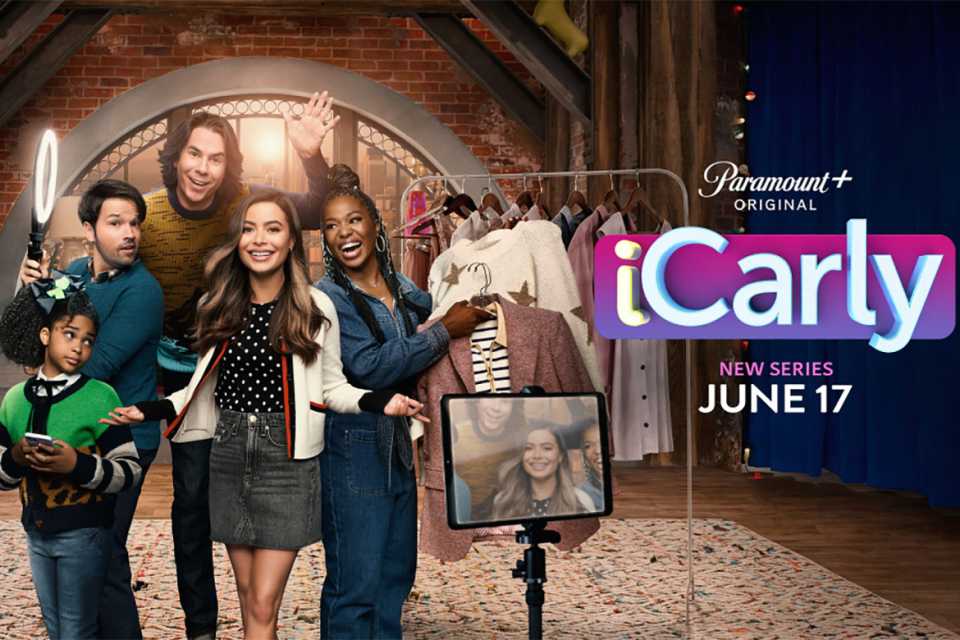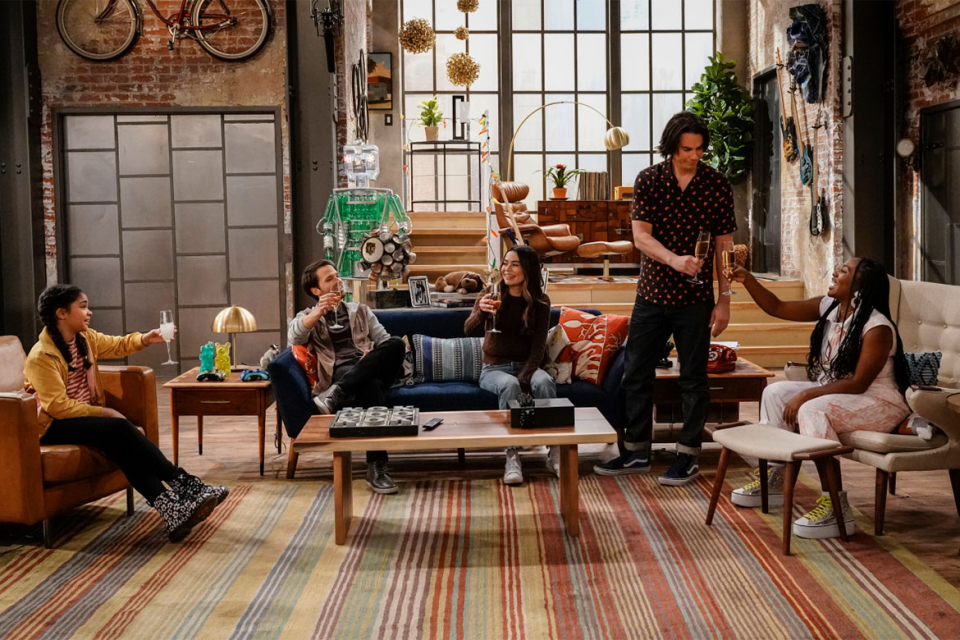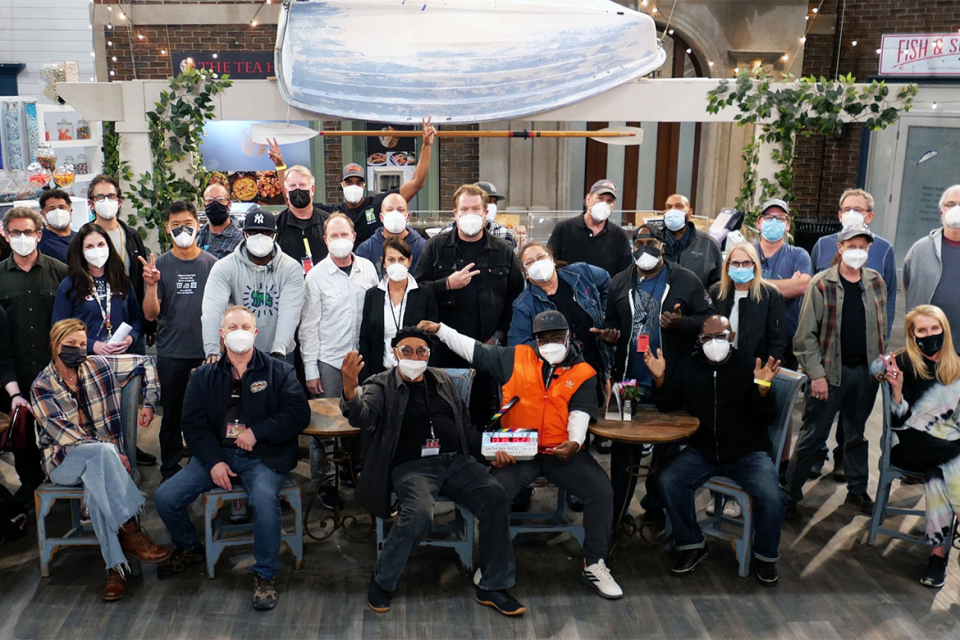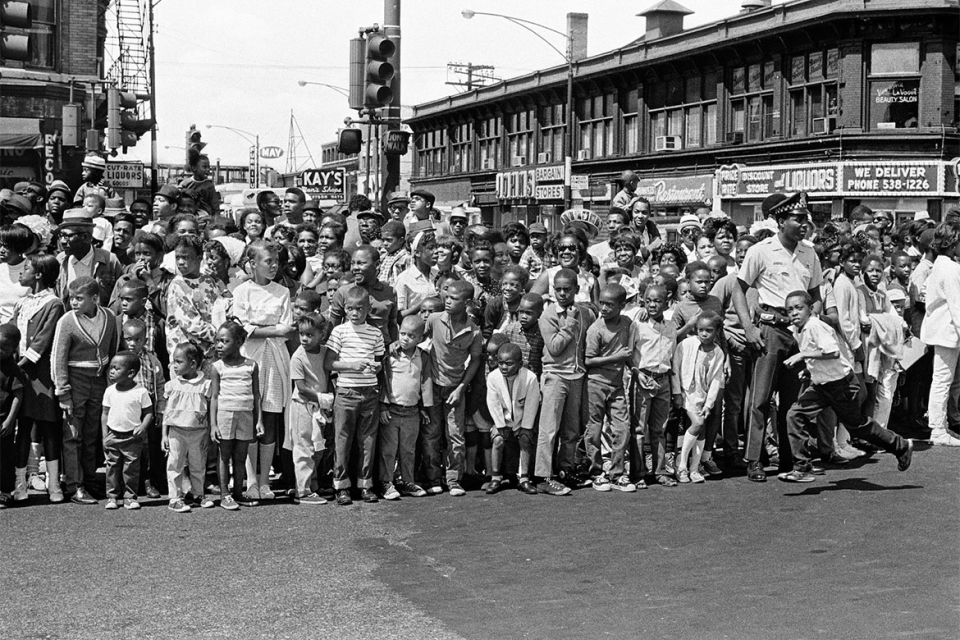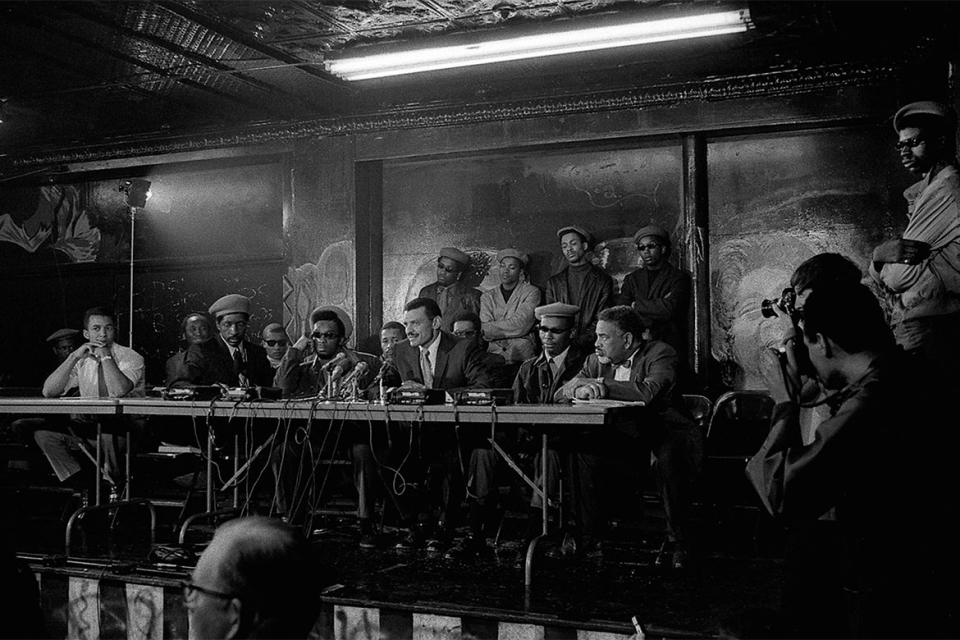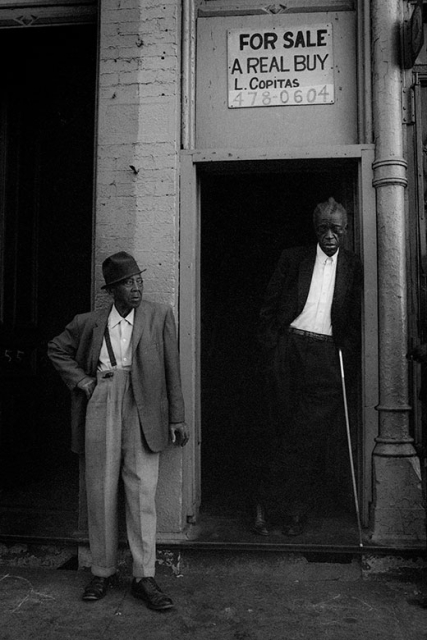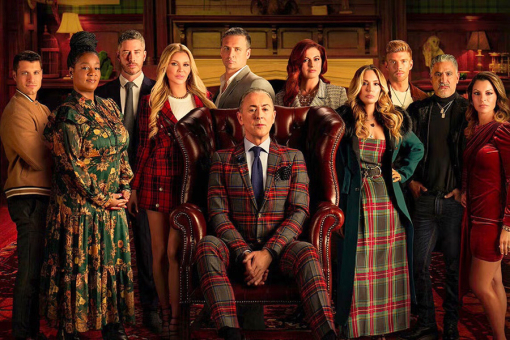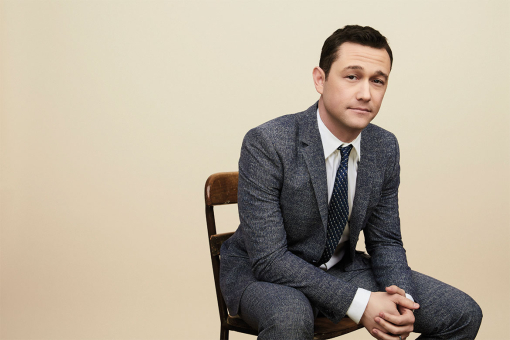John Simmons, ASC, began his professional career as a cinematographer in the early 1980s — a time that was especially difficult for people of color to make their way in show business.
Now, as Co-Chair of the American Society of Cinematographers (ASC) Vision Committee, Simmons works hard to move the needle forward and expand the diversity and inclusiveness on television and film sets.
With four Emmy Award nominations to his name and one win for the children's series Nicky, Ricky, Dicky & Dawn, Simmons is poised to tackle his next project: cinematographer on all 13 episodes of the rebooted iCarly series, premiering June 17 on Paramount+.
The beloved series aired on Nickelodeon from 2007 to 2012 and followed star Miranda Cosgrove as Carly Shay, a teen who creates her own successful web series with her friends. The revival picks up nearly 10 years after the original series ended, and follows influencer Carly and her friends as they navigate life in their 20s.
Emmy magazine Associate Editor Sarah Hirsch discussed a wide range of topics with Simmons — from the iCarly reboot, to the discipline of cinematography, as well as Simmons' career in the entertainment industry and his work as a visual artist.
His exhibit, "Capturing Beauty: The Artwork and Photography of John Simmons," is on view now through July 31 at The Jean Deleage Art Gallery at Casa 0101 Theater in the Boyle Heights neighborhood of Los Angeles. Make a reservation to visit via email. Click here for more information.
This interview has been edited for clarity and length.
How did you come to be involved in the iCarly reboot?
I've been doing multi-camera shows for a while now, so I suppose someone said something nice about me and I got lucky. I'm glad they did — there's not one person on the cast or crew that I'm not happy to see when I get to work. The great thing about iCarly is the entire crew and the writers' room looks like the world we live in, and I love that.
You didn't work on the original iteration of this series — so did you watch old episodes to prepare?
I did watch a few episodes. I wanted to be familiar with the characters. The look of pretty much every genre of television has evolved since then. Multi-camera shows have more texture and a more natural feel these days. We had meetings about what the new visual approach would be. The original was much brighter, but I've lit the show in a more natural way with a feel of logical light sources.
What's the biggest challenge when shooting a rebooted series?
There's always a certain nostalgia and sentimentally for the original production. Especially when the actors were kids in the original. Now everyone has grown up. It's a greater challenge for the art director and set dressers because they have to blend the old and the new. There must be enough of the old elements to keep it familiar, while creating new looks that express a mature environment for the now adult characters.
How do you approach the collaboration process with a director?
There are different kinds of directors — some are only concerned with the actors and some want to tell their story from a more visual perspective. My job as a cinematographer is to create a visual interpretation of the narrative. It's all about collaborating with the director and forging relationships with the showrunner, producers, and the network.
The director that did the pilot [Phill Lewis] and I had a wonderful time working on the look of the series.
Where do you draw your inspiration from?
I've studied painters from the very beginning of my career. Their use of light and shadow as the tools that tell the viewer where to look has always been a source of inspiration.
How have you made your cinematographic style specific to you?
You must walk a thin line when creating an individual style as a cinematographer. What I mean is, I don't want to draw too much attention to the cinematography, so it gets in the way of the narrative. The appreciation of the cinematography needs to be an afterthought. You enjoy the story, and then later say, "Wow, it looked really good."
You've worked on many shows aimed at children and tweens. How is your approach to lensing those series different from a show made for adults?
I don't really approach tween shows any different than any other show I get to shoot. It's always about the narrative and the environment the show is taking place in.
I've been called on the carpet for bringing a little too much mood and texture to a tween show and have been asked to brighten things up. There's a lot of people in our business that think if something is funny, then it needs to be bright. I don't think so.
What is the most challenging aspect of shooting under the new Covid-19 guidelines?
Covid-19 restrictions have definitely impacted how we execute our day. Adhering to safety protocols is something that differs from show to show. The standard stuff — like wearing masks and keeping to a safe distance — are givens. But the masks interfere with our usual expressions of communication — like mouthing words during a take to a crew member.
We also don't have craft service on stage. People have to leave the set to get a drink or take the mask off for a minute. If a major adjustment needs to be done and more crew members need to be on set, the actors have to leave. All those protocols make for a longer day, but we've been lucky on iCarly. We haven't been shut down, when so many productions have.
In January of this year, you made your television directorial debut with an episode of the Netflix series Family Reunion. What did you do to prepare?
I've been a member of the DGA for a long time and directed commercials, music videos and documentaries. As soon as I was offered the opportunity to direct Family Reunion, I began to take acting classes, and they were really helpful.
The photographs and collages at your exhibit are beautiful. What sparks the urge for you to create a new piece of art?
My photography and my works on paper are very different from each other. My photography is about my relationship to the real world. I do street photography, and shoot life undisturbed, as I see it. I carry a camera every day and I can go a long time without taking a picture. When the subject and I cross paths as if we were meant to share the moment with each other, I make it permanent.
My works on paper are like documentaries, and they are inspired by outside events — historical or current. The creative process of making my collages is without the boundaries of reality. I can take that paper anyplace. There's so much creative freedom in the abstract world. My exhibit at Casa 0101 is the first time in many years those collages have been on display.
How do you decide what medium is best for a subject?
When I have something to say, the medium is usually collage. I'm becoming very interested in video installations, too. I've been gathering materials for an idea I've had for a long time...
Your artwork examines political and social narratives and the struggles of Black American history—
All my work in a sense is political. The work is shaped by my entire life experience. I feel like every time I press the shutter to take a photograph, or work on a collage, my entire experience culminates in that moment.
My father was a young boy when Harriet Tubman died, which puts me one generation away from slavery. He grew up knowing freed slaves. I picked up a camera in 1965, the first year Black people were allowed to vote nationwide and without discrimination. My childhood was spent in Chicago, one of the most segregated cities in the country. My life was shaped by these things, which created a foundation for my visual narrative.
What's your favorite piece from this collection?
My favorite photograph in my exhibit is "Love on The Bus" — it's romantic. The most powerful photograph is called "Unite or Perish," from 1968 in Chicago.
I'm at Casa 0101 pretty much every Saturday from 12:30 to 4:30 p.m., to spend time with people and talk about the photographs.
Do you have any works on view anywhere else?
The J. Paul Getty Museum acquired two photographs for an exhibit called "In Focus: Protest," which will be on view from June 29 to October 10. One of those is "Unite or Perish," an image of some young girls protesting the Vietnam War. A few other photographs of mine are part of their permanent collection.
And in honor of Juneteenth I have an exhibit called "Chronicles of Our Culture: Contemporary Works of the Diaspora," which will be on view from June 18 to July 18 at Aziz Gallerie in Leimert Park.
As Co-Chair of the American Society of Cinematographers (ASC) Vision Committee, you work to help underrepresented cinematographers reach their goals, and expand diversity and inclusiveness of those hired on television and film sets. How do you go about doing that? And how can the industry at large improve in this area?
As cinematographers we hire the camera, grip and electrical crews. We can create crews that look like the world we live in. That's always been very important to me. I had a rough time coming up in this business. My love and passion for what I wanted to do had to be greater than the obstacles that were placed before me. That's something I tell all of the young, up-and-coming filmmakers I get to spend time with.
The ASC has created mentoring programs and scholarships for our master class program. We also hold diversity and inclusion events to raise awareness of the importance of creating a different kind of environment on set, giving people opportunities to work and move forward.
We are cinematographers — our organization can only do so much. We need the help of the studios, producers, networks, directors, and department heads to make a difference.
But things are changing and there are many organizations that are trying to make a difference. We can't relax, though. When we see an imbalance, we need to correct it. It's a difficult business to get involved in for almost anyone that's not connected — it's even more difficult for people of color.
What is the greatest change you've witnessed in the TV and film industry since you began your professional career as a cinematographer in the early 1980s?
Technology has allowed more people to tell their stories. With all the different viewing platforms, new voices are being heard and it's making a big difference. A lot of talent is being discovered from web-based productions made outside the industry. That wasn't something available in the past.
During your time as a music video director you worked with Stevie Wonder, Britney Spears and Snoop Dogg, among many other artists. Is there a common trait you saw amongst this wide gamut of entertainers?
I did hundreds of music videos when MTV, The Box and BET played videos all the time. It was mostly in the 80s and the budgets were good and people could make a living doing them. The marriage between music talent and cinema hadn't really merged yet. A lot of the talent didn't understand production, so that could be a blessing and a curse. It was a genre that was still very experimental with lots of creative freedom.
The negative side of that freedom was that almost all the performers were late. I mean super late — like five or six hours. The directors and I were always prepared to make a career-changing masterpiece, but most often we were just left trying to get the job done.
You won an Emmy Award for your work on Nicky, Ricky, Dicky & Dawn. Where do you keep your Emmy and what does it mean to you to be recognized in that way by your peers?
It stays in my living room next to a smaller Emmy for a documentary called Finding Home. I was nominated a couple of times for a show called Pair of Kings and last year for an episode of Family Reunion. It's rewarding to be acknowledged for what I've shot.
The reality is that my Emmys and my nominations exist because I've been fortunate to work with so many wonderful professionals. Every department's skill and efforts make a nomination and a win possible.
My career stands on the shoulders of so many people. None of us can take this journey alone. I'm very grateful to have been given so much support from people that believed in me. Because of them, I have been instilled with the spirit of giving back. I taught cinematography for 26 years at UCLA and I spent time with a lot of students.
I was inspired by my mentors to do that. It is very rewarding to touch the lives of others in a positive way; in the exchange, we both learn so much.



